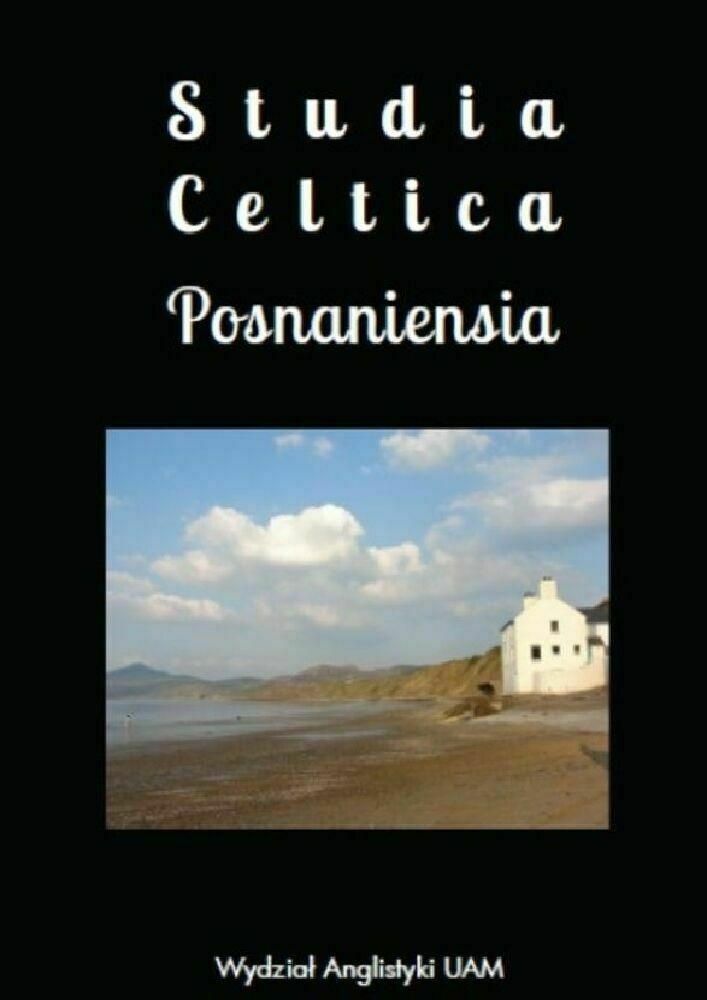POSSESSIVE AGREEMENT IN INSULAR CELTIC
POSSESSIVE AGREEMENT IN INSULAR CELTIC
Author(s): Ranko MatasovićSubject(s): Syntax, Historical Linguistics
Published by: Uniwersytet Adama Mickiewicza
Keywords: possessive agreement; emphasizing particles; Welsh; Irish; language contact;
Summary/Abstract: Possessive agreement is a pattern of NP-internal agreement in which certain features of thepossessor (usually person, number and/or gender) are marked twice within the NP: firstly, on thepossessive marker itself (e. g. a possessive pronoun) and secondly, on another morpheme, whichobligatorily agrees in those features with the possessive marker (Corbett 2006: 47). This type ofagreement is not common in Indo-European languages, but it is in Uralic and several otherlanguage families in Eurasia (Koptjevskaja-Tamm 2003). However, Goidelic and Brittonic haveconstructions falling under the above definition in which the pronominal possessor can bemarked by two pronominal elements which have to agree in person, number and (in the thirdperson singular) gender. In both languages, the first pronominal element is the procliticpossessive pronoun. In Old Irish, the second pronominal element referring to the possessor istraditionally called the “emphasizing particle, or nota augens” (Thurneysen 1946: 252–3,Griffith 2008), and it distinguishes the same categories as the possessive pronouns. The secondpronominal element in Middle Welsh is identical to the stressed simple personal pronouns. Thispaper investigates the phenomenon of possessive agreement in Insular Celtic by examining thefrequencies of possessive constructions with agreement in selected Old Irish and Middle Welshtexts, and seeking to establish the pragmatic functions of these constructions. Additionally, bylooking at the earliest attestations of constructions with possessive agreement it will be shownthat it is unlikely that they should be reconstructed in Proto-Insular Celtic (or even Proto-Celtic).Rather, it is argued that possessive agreement in Insular Celtic developed as an areal phenomenonwhich arose in situations of intensive language contact that occurred in Britain and Ireland duringthe Early Middle Ages (Matasović 2007).
Journal: Studia Celtica Posnaniensia
- Issue Year: 2024
- Issue No: 9
- Page Range: 112-134
- Page Count: 23
- Language: English

